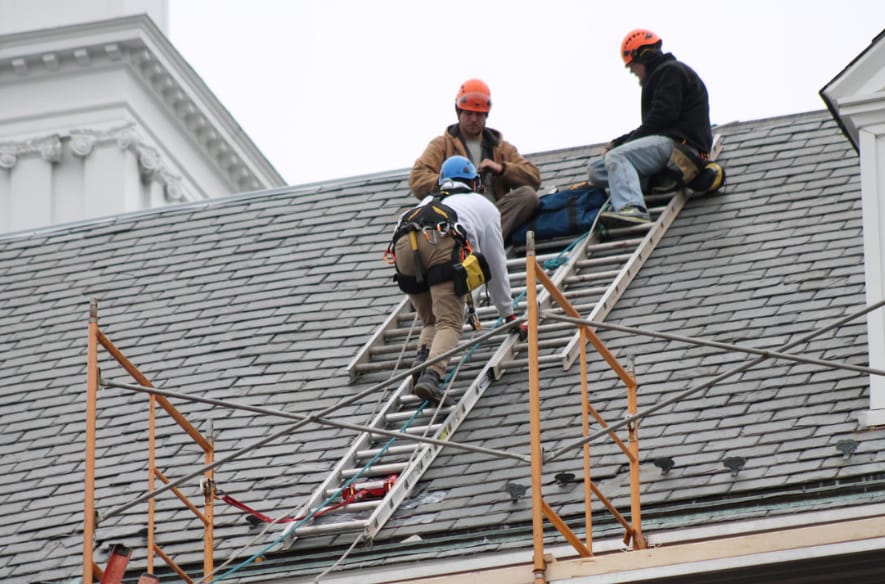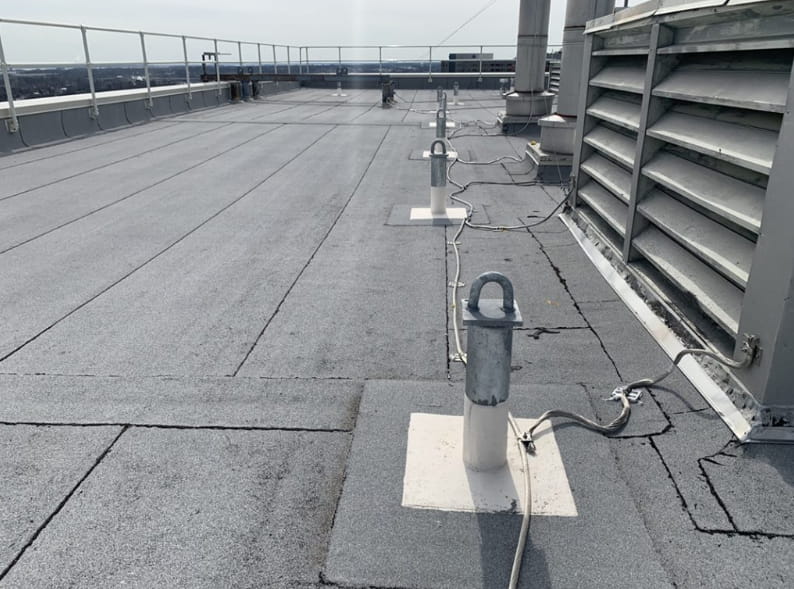There are many dangers that come with working on a roof. From the possibility of slipping and falling to the danger of being hit by falling debris, there are many potential hazards that roofers face every day.
One of the most important safety measures that roofers can take is to use roof fall protection anchors. These anchors provide a secure point to attach a safety line, which can help prevent injuries if a fall does occur.
There are a variety of different types of roof fall protection anchors available, and each has its own advantages and disadvantages. In this article, we will take a look at the 5 most popular types of roof fall protection anchors to help you choose the best one for your needs.
S-Hooks:
S-hooks are perhaps the most common type of roof fall safety anchor in use today. They are easy to install and relatively inexpensive, which makes them an ideal choice for anyone looking to save money while still providing adequate safety measures on their job site.
Eye Bolts:
Eye bolts are another common type of metal roof fall protection that can be used for attaching lines directly to a truss or rafter without any additional support from below. These anchors consist of a metal eye bolt with a thimble at one end and a nut at the other end that is used to tighten the bolt against the surface being fastened onto. Eye bolts are available in both galvanized steel and stainless steel materials so it is important to choose the right type based on your climate conditions.
Wood Screws:
Wood screws are one of the oldest types of roof fall anchors available today. They have been around for decades and continue to be a popular option due to their ease of use and affordable price point. The only disadvantage to wood screws is that they require drilling into the wood siding or other materials before they can be used, which could damage your house if done improperly or in the wrong location.

Parapet Clamps:
Parapet clamps are typically used in conjunction with a safety harness and lanyard to provide additional support in case of a fall. They usually consist of two metal bars that are attached around a parapet or other sturdy structure on top of or near the roofline.
Conclusion:
The type of roof fall protection anchors that you use will vary depending on the type of work that you are doing, the size of your crew, and available materials. Before choosing one type of roof anchor point or another, it’s important to evaluate all the factors involved and decide which types are best for your particular situation.

